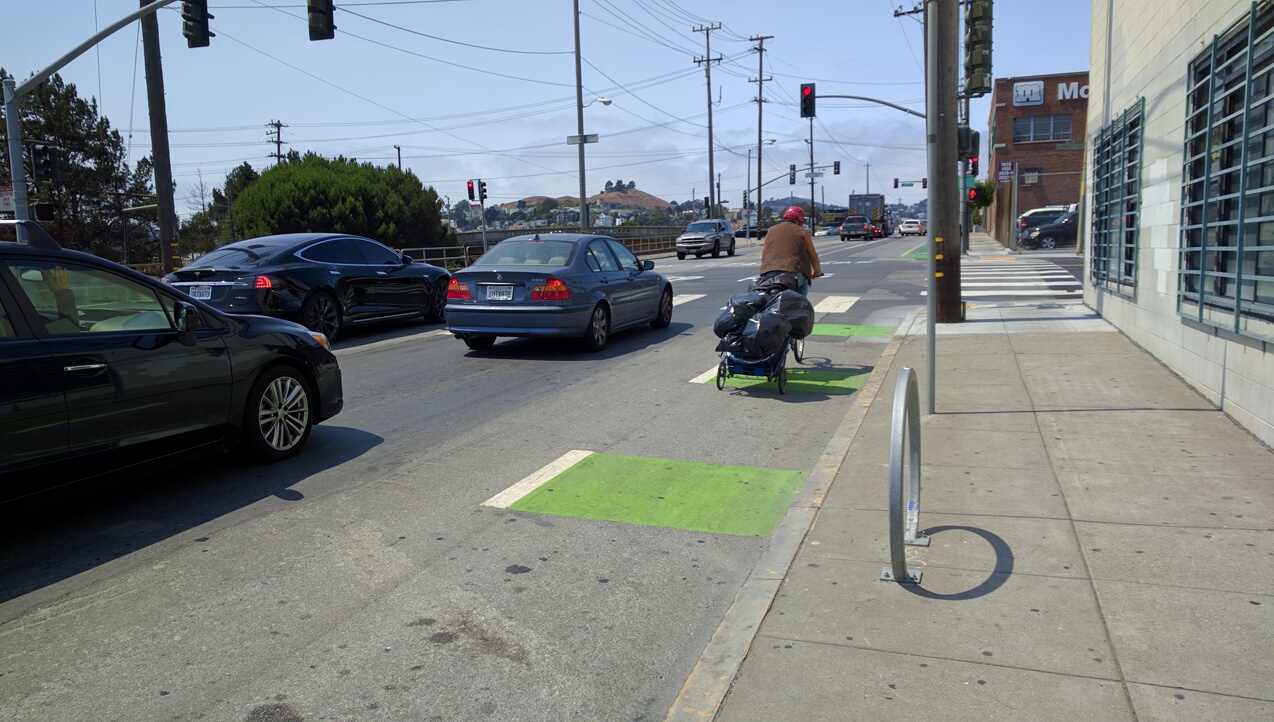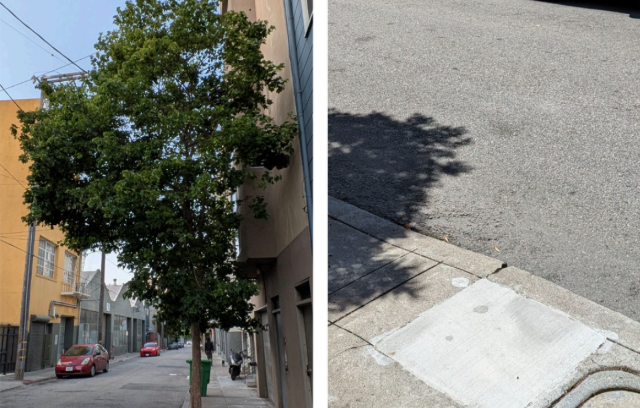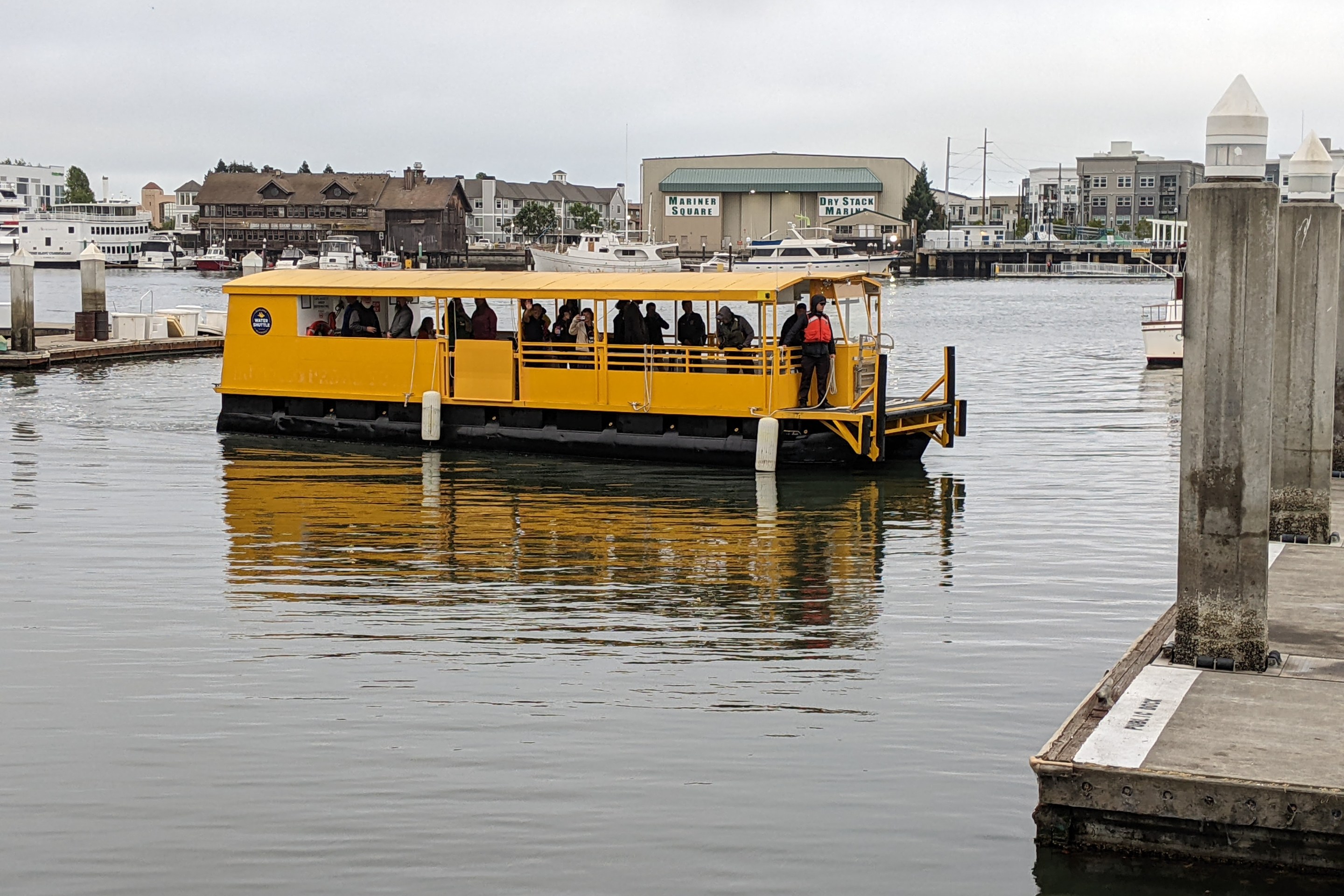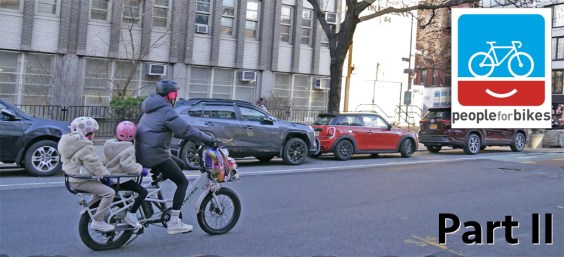Bicycles play a radically different role in the lives of many cyclists experiencing housing insecurity, a new study suggests — and policymakers don't always do enough to consider the unique needs of people who bike for their survival.
In a pair of recent articles, researchers Jeanette Steinmann and Brian Wilson explored the experiences of unhoused and variably-housed people who ride bikes, based on a series of "bike-along" interviews they conducted throughout the city of Vancouver and the growing body of literature about similar communities across North America.
Though bikes are heavily used by unhoused people around the world, few cities specifically cater to their needs — including in British Columbia.
"As someone who bikes in Vancouver myself, this city is really bike-friendly, and we do a great job of connecting cycling to our health, economic and environmental goals," said Steinmann. "But I noticed there were a lot of people who cycled more as a necessity rather than a choice — even though a lot of cities’ cycling-related goals tend to privilege those more-privileged cyclists."
Underground bicycle economy helps shape lives for recyclers in Downtown Eastside
— Celeste George (@cie1947) August 20, 2022
Those involved in the informal economy are known to respect each other's retrieval territory, https://t.co/Jg4SNx9sDM via @VancouverSun
Much like people experiencing housing challenges everywhere, Vancouver struggles to count how many "invisible" cyclists — or, perhaps more accurately, unseen cyclists — are riding on its roads. Even when it comes to car crashes, few communities even attempt to track the presumed housing status of the dead and injured, though those that do tend to find that people without shelter are vastly overrepresented. One recent Portland study, for instance, found that a shocking 70 percent of pedestrian fatalities occurred in the unhoused community, though similar statistics for bicyclists were not collected.
In Vancouver, Steinmann (who uses both "she" and "they" pronouns, and asked that we use both in this article,) also suspects that unhoused cyclists are disproportionately effected by traffic violence, though city officials don't count unhoused cyclists at all. She says that surveys have found about 10 percent of the city's 2,095 unhoused people earn income by collecting recyclables, and that many of them do so on bikes — though that's far from the only reason folks ride.
"Some of them truly just rode their bikes for leisure, and some rode mostly for transportation," they added, noting that one interviewee was former champion mountain biker, while others biked explicitly for exercise. "This population isn’t homogenous."
What all of Steinmann's interviewees had in common, though, was that their unique challenges were often ignored by policymakers.
Despite bicycling's reputation as an elite sport, the majority of the people she spoke to used their bicycles, at least in part, as mobility aids because they found walking challenging; some even relied on e-bikes, particularly when they were given access to single room occupancy (SRO) housing to secure and charge their rides overnight. Others needed bikes to travel safely to and from the methadone treatments they relied on, without driving or having to pay transit fares they couldn't afford — an important reminder that addiction itself can be a mobility challenge.
The bike's importance to people with disabilities, though, was not always respected by local officials. Much like their counterparts in the U.S., unhoused Vauncoverites reported frequent pretextual stops and harassment by police over common bicycle laws like helmet requirements, even as many of them struggled to access and securely store basic safety equipment. (For context, one Seattle investigation recently found that roughly half of all helmet law citations went to people without adequate shelter, which prompted the city to drop the policy altogether.)
And almost everyone Steinmann spoke also said their bikes themselves were frequently stolen or stripped for parts, particularly when they were outfitted with useful accessories like trailers. One participant reported four bicycle thefts in a single month, even though his bike was locked on each occasion.
When it came time to fix a stripped or broken bikes, though, the interviewees had few options.
"I did not get the sense that typical bike shops really served them at all, besides maybe one that was right in the downtown hub where lots of people are experiencing homelessness," Steinmann added. "Some offered credit for repairs when folks couldn’t pay, or they might give people a tube for a really good price. But [the interviewees] mostly relied on community bikes shops, and we certainly need more of those. There’s also a street market that’s completely operated by residents of Downtown Eastside that a lot of them use." [Editor's note: this Vancouver neighborhood, also known as DTES, has particularly high rates of homelessness.]
Those kinds of street markets, though, can become targets of police harassment themselves. In June of this year, for instance, Los Angeles passed a new ordinance banning the repair, sale, or storage of bikes and their constituent parts on public property, which lawmakers claimed was meant to deter bike theft, but advocates say gives cops excuses to harass and brutalize unhoused cyclists and perform cruel and dangerous "sweeps" on public camp sites.
Even when their bikes are in good working order, of course, riding as an unhoused person still isn't easy — particularly for those who make their living on two wheels.
Despite having thousands of kilometers of low-stress bike routes, Steinmann's subjects struggled to access the destinations they relied on, like recycling centers that had been pushed to the edge of town, or the alleys behind businesses where they collected bottles, cans, and other materials they could sell in order to make an income.
"I have two bikes, and I rode my heftier bike when I did these interviews, and I’m glad I did," they added. "We were cycling on routes that were very different than what I’m used to; we had to go off road at times, into places with no infrastructure at all. At other points, we were cycling down the busiest truck route in Vancouver."
Steinmann says that providing more protected infrastructure on the routes where unhoused people ride can be a game-changer, particularly since many of them follow a daily "trap-line," or an established route where businesses regularly leave out their recycling for "binners" like them. Putting recycling centers back into city centers rather than on the edge of town, establishing more community bike shops, and reforming or eliminating pretextual policing practices can all help, too — along with, of course, just housing people in the manners and ways they feel most comfortable, and providing them access to the services they need wherever they are.
Perhaps Steinmann's most important advice to policymakers, though, is to listen.
“We suggest, quite simply, that the needs of cyclists living in poverty should be considered in the design of more inclusive transportation policies and planning activities," Steinmann and Wilson wrote. "While our comment here is a response to what we learned about the experiences of participants in this study, it would certainly seem ... that cycling-related policies in other contexts would benefit from attention to similar issues."






